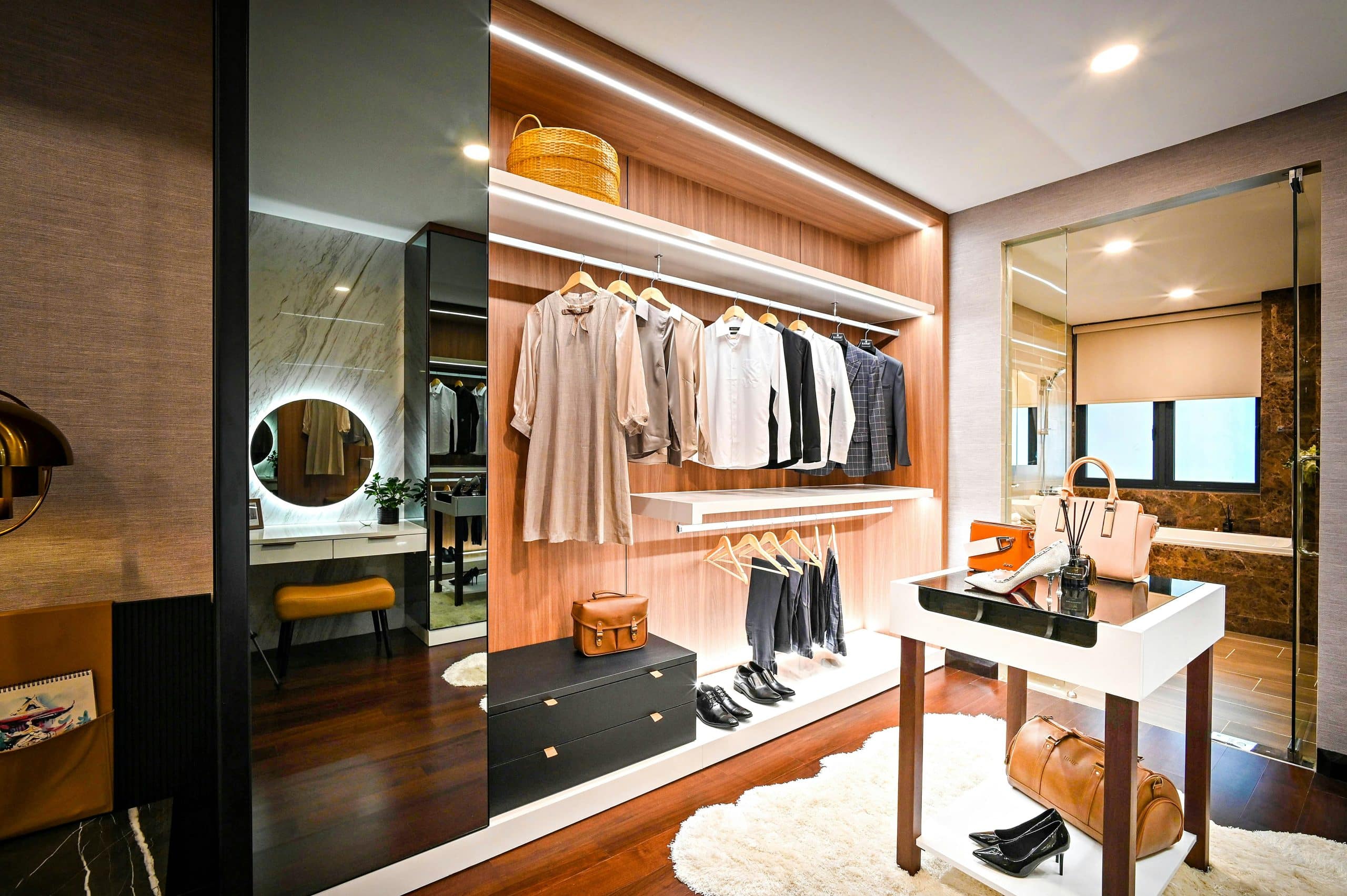Fashion can be a fascinating world, filled with the latest trends and styles. However, it can also be overwhelming with the constant shifts in weather and seasons. How does one keep up with the changing times and adapt their wardrobe accordingly? This guide will examine how you can optimize your wardrobe for every season, ensuring that you are perfectly dressed no matter the weather.
Understanding the Basics of Seasonal Fashion
Before delving into the specifics of organizing a wardrobe, it’s essential to understand seasonal fashion. Every season brings with it a unique set of color palettes, fabric choices, and styles. An understanding of these elements can guide your wardrobe choices and help you make informed decisions about what to keep and what to store away.
En parallèle : Fashion mistakes to avoid after 40
Color palettes are significantly influenced by the season. Spring and summer typically usher in bright, vibrant colors that reflect the lively atmosphere. In contrast, autumn and winter lean towards darker, rich hues that mirror the changing landscape.
Fabric choices also change with the season. Lighter fabrics like cotton and linen are ideal for warmer months, while heavier materials such as wool and fleece are preferable when the weather turns chilly.
A voir aussi : How to stay stylish on a budget
Styles shift with the seasons. Spring and summer bring out breezy dresses, shorts, and sleeveless tops, while autumn and winter are characterized by layers, coats, and boots.
Spring: Fresh and Vibrant
Spring is a season of renewal and rejuvenation, which should be reflected in your wardrobe. This is the perfect time to embrace light, breathable fabrics and lively colors. Cotton and linen are excellent choices as they allow your skin to breathe as the weather begins to warm up.
Colors should be fresh and vibrant to match the blooming flowers and clear skies. Opt for pastels, floral prints, or bright hues to capture the essence of spring. In terms of style, light jackets, ankle-length pants, and mid-length skirts are great options. Always remember to keep an umbrella or raincoat handy, as spring is often characterized by sudden showers.
Summer: Breezy and Casual
As the temperature begins to rise, your wardrobe should evolve to cope with the heat. Lightweight, airy fabrics that wick away perspiration are key during this season. Again, cotton and linen are favorites, along with other breathable materials like silk and rayon.
The color palette for summer leans towards bright, bold colors and tropical prints. However, white and light shades are also popular as they reflect the sunlight, keeping you cooler. Summer fashion includes a lot of shorts, tank tops, and sundresses. Don’t forget your bathing suit and a chic pair of sunglasses for those trips to the beach or pool.
Autumn: Cozy and Cool
Autumn is when the leaves start to fall, and the weather begins to cool, signaling the need for a wardrobe transition. Start reintroducing heavier fabrics into your clothing rotation. Jersey, denim, and lightweight wool are apt for this transitional period.
Colors tend to reflect the autumn foliage with hues of orange, brown, green, and burgundy taking center stage. Layering becomes significant in autumn, as temperatures can vary drastically between day and night. Cozy sweaters, stylish scarves, and versatile jackets are staple items during this season.
Winter: Warm and Elegant
Winter calls for warm, snug clothing that shields you from the cold winds. Heavier fabrics like wool, fleece, and cashmere are necessary to keep you cozy. Waterproof materials for outerwear are also important to protect against snow and rain.
Winter colors often include deep, rich tones like navy, burgundy, and emerald. However, don’t shy away from sparkling whites and icy blues that emulate the winter landscape. Winter fashion involves lots of layering. Thick coats, thermal underwear, chunky scarves, and warm boots are essential items to brave the cold weather.
In conclusion, adapting your wardrobe to different seasons can seem daunting, but with a little knowledge and planning, it can be an exciting journey of fashion exploration. Embrace the changes, and remember, fashion is all about expressing your personal style, regardless of the season.
Transitional Seasons: Nailing the In-Betweens
Often, the transition between seasons can pose a challenge when it comes to wardrobe planning. The in-between weather during these periods can make it tricky to decide what to wear. However, you can mitigate this dilemma by focusing on layering and including versatile clothing pieces in your wardrobe.
During the transition from winter to spring, light layers are key. Start with a base layer of breathable cotton or linen, and add a light sweater or jacket that can be easily removed if the weather warms up. Colors should transition from the deep, rich hues of winter to the brighter, fresher tones of spring. Incorporate more pastels and lighter shades gradually into your wardrobe.
When moving from summer to autumn, begin reintroducing heavier fabrics in your wardrobe. Start swapping your summer shorts for long pants and your tank tops for long-sleeved shirts. Outerwear becomes more critical during this period; therefore, invest in a stylish yet warm jacket or coat. In terms of colors, gradually shift from the bright, bold hues of summer to the warm earth tones typical of autumn.
Accessories: The Finishing Touches
No matter the season, accessories are the finishing touches that can elevate your outfit. For spring and summer, accessories can include hats, sunglasses, and lightweight scarves. You might also consider investing in a good-quality tote bag for beach trips or summer outings.
In colder seasons like autumn and winter, warm scarves, gloves, and hats become more than just stylish – they are essential for your comfort and warmth. Boots are also a staple during these seasons; waterproof ones are advisable for snowy climates. Don’t forget about jewelry – simple yet elegant pieces can add a sparkle to your winter attire.
In Conclusion
Adapting your wardrobe to different seasons doesn’t have to be a daunting task. With a clear understanding of the color palettes, fabric choices, and styles that each season brings, you can smoothly transition your wardrobe throughout the year. Remember that fashion is a personal expression, and it’s all about feeling confident and comfortable in your attire, regardless of the season. Incorporate the tips mentioned above, and you’ll be well-prepared for any weather that comes your way. So, embrace the seasonal changes, and let your fashion sense shine!






